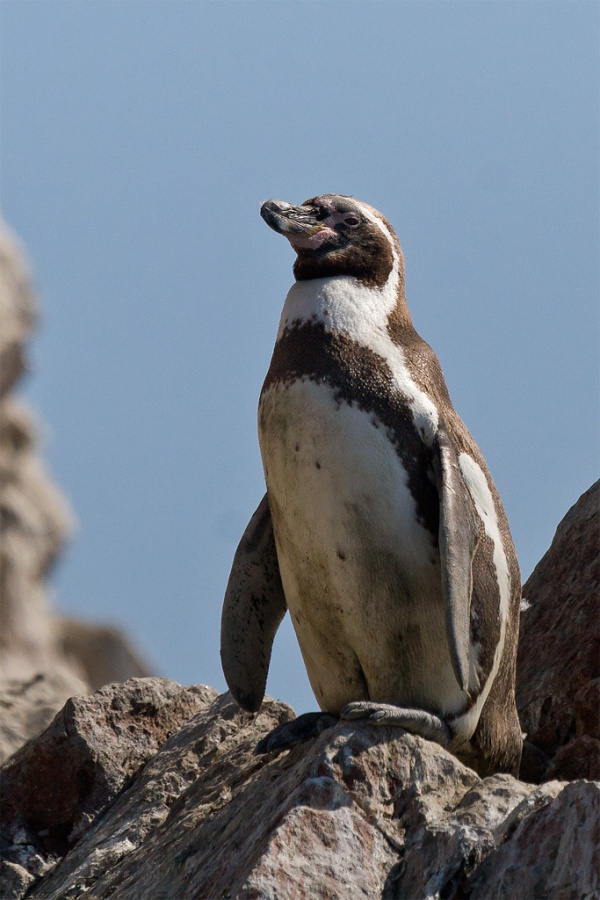Facts About Humboldt penguin
The Humboldt penguin, named after the explorer Alexander von Humboldt, is a medium-sized penguin species primarily found in the Pingüino de Humboldt National Reserve in Chile and Peru. With their distinctive black and white plumage, these penguins are easily recognizable. One noteworthy feature is the spines on their tongues, which help them grip their prey.
These penguins prefer nesting on islands and rocky coastlines, with the largest breeding colony located at Isla Chañaral in Chile. Their diet mainly consists of pelagic schooling fish, though it can vary depending on their geographic location. Humboldt penguins are visual hunters and typically forage within a specific range from their colonies. They also have distinctive vocalizations used for various types of communication and display specific behaviors during courtship and reproduction.
Unfortunately, Humboldt penguins face several threats, including the El Niño-La Niña climate cycles, fishing activities, human disturbances, habitat disruption, and the presence of feral animals. Historically, their populations have declined due to overexploitation of guano and the severe El Niño event of 1982-83. To help protect them, conservation efforts have been initiated, including legal protections, breeding programs in protected areas, and bans on hunting and commercial exploitation.
In zoos around the world, Humboldt penguins are a popular attraction. There have been some notable incidents, such as a penguin escaping from Tokyo Zoo and same-sex penguin pairs successfully raising chicks in zoos in Germany and the United Kingdom. According to the IUCN Red List, Humboldt penguins are considered vulnerable. Their biggest threats include climate change, overfishing, habitat destruction, and human interference.

 Bolivia
Bolivia